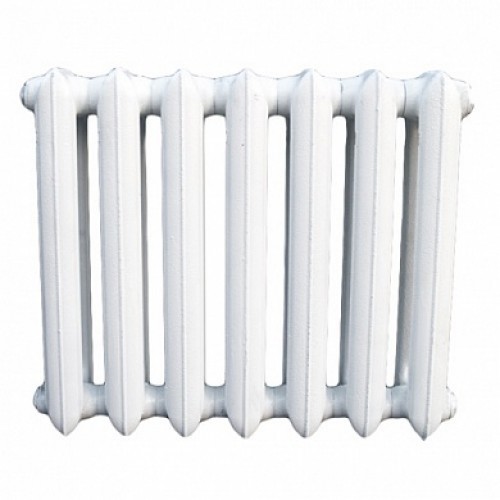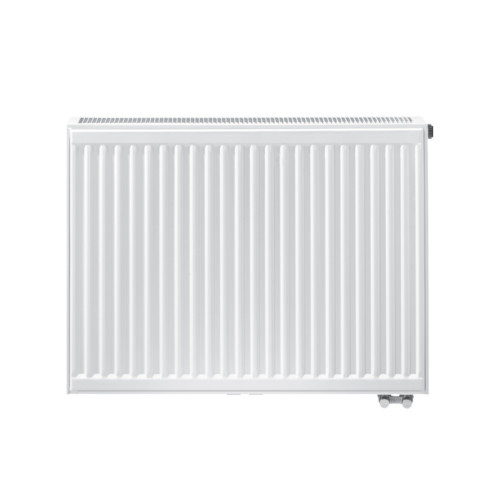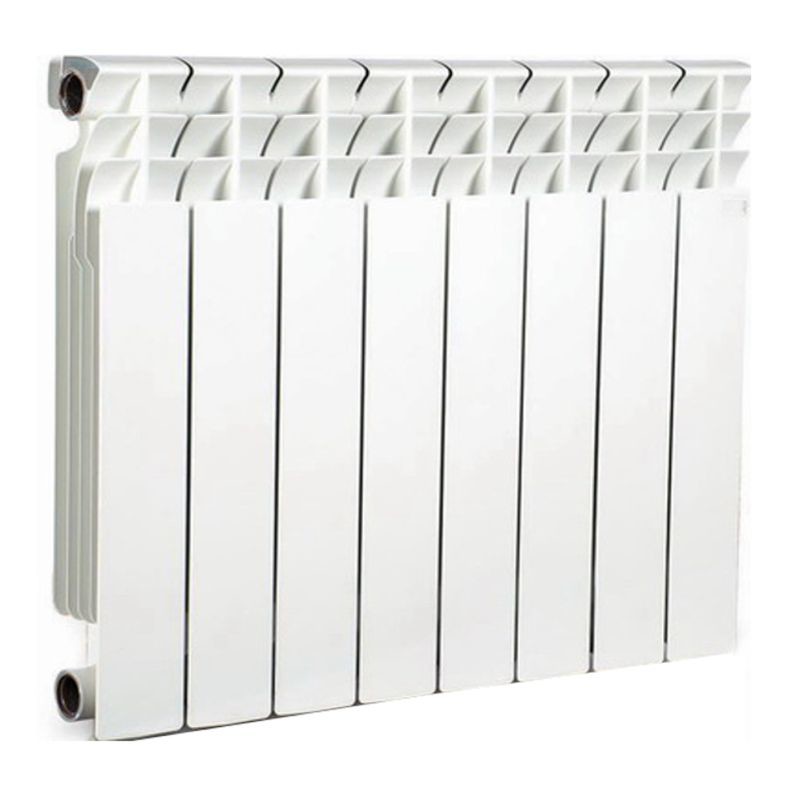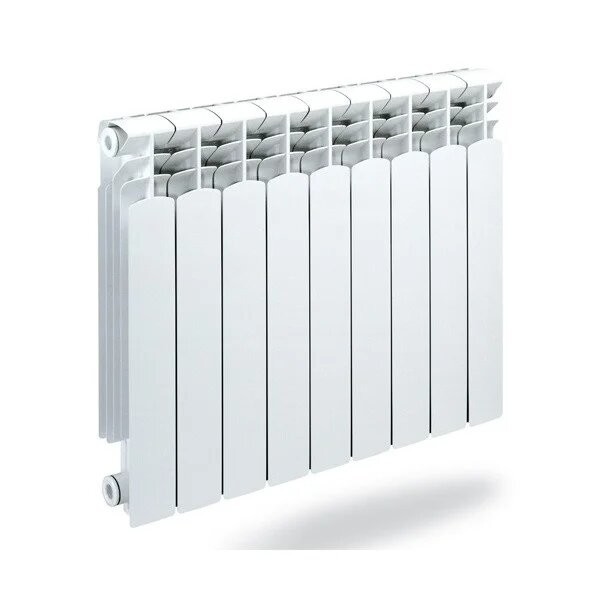How to choose a heating radiator
A radiator is a heating device inside which coolant circulates through special channels. Heated from the inside, the radiator heats the air in the room, creating an optimal indoor climate. Cost savings and comfort in the house depend on which device is used. Let's take a look at how to choose heating radiators.
Types of heating radiators
Different materials are used for the production of radiators. Most often you can find models from:
- cast iron;
- steel;
- aluminum;
- bimetal.
They can also have a different design, which affects the quality of heating the air in the room. What are the types of heating radiators:
- Tubular. These are collectors connected by a vertical tube. The devices can vary in size, configuration, and design.
- Panel. They consist of panels with channels for coolant inside. To increase the efficiency of such a radiator, converter fins are formed on its inner surface. It can consist of 1, 2 or 3 panels.
- Lamellar. The equipment consists of several plates on a metal tube.
- Sectional. The most popular models. They are made of aluminum, cast iron or bimetals. The design consists of separate sections. Their number depends on how much power the radiator needs to heat the room.
Before choosing a heating radiator, the heated area and pressure in the system are calculated.
Cast iron radiators

Cast iron models are practical, functional and durable, as cast iron is resistant to corrosion. They are characterized by an affordable price and the ability to combine them with any pipeline.
The cast iron radiator takes a long time to cool down, which allows you to save on heating costs. The cast iron battery can withstand significant mechanical and temperature effects. The number of sections in such a radiator can vary depending on the need.
Radiators made of cast iron have an attractive appearance and can add special sophisticated touches to the design of a room. They are often chosen when decorating a room in classic, rustic and other styles.
But despite the huge number of advantages, this type of radiator also has disadvantages:
- susceptibility to water hammer;
- material inertia;
- inability to quickly adjust the temperature of their surface;
- installation complexity;
- large size and weight;
- the need for constant cleaning and painting of the battery.
Steel radiators

Models made of steel are characterized by an optimal quality-to-price ratio. In addition, they are characterized by ease of installation, long service life, and a variety of sizes. Steel batteries are recognized as the most economical.
The disadvantages of steel radiators include the following:
- susceptibility to corrosion and mechanical damage;
- the need for constant flushing;
- the need for accurate power calculations;
- restrictions on the type of coolant used.
A distinctive feature of steel radiators is the bottom connection to the system. This allows you to make communications invisible to others.
Aluminum radiators

Batteries made of this metal are considered the best option for a country cottage. Aluminum is easy to process, so the manufacturer can create a model of an unusual complex shape. Such radiators are connected using a pipeline made of plastic or propylene.
The advantages of aluminum radiators include:
- compactness;
- low weight;
- attractive design;
- corrosion resistance;
- ease of installation and maintenance;
- minimal thermal inertia;
- increased heat transfer;
- affordable cost.
But when choosing an aluminum radiator for a heating system, you need to take into account its disadvantages:
- relatively short service life;
- susceptibility to water hammer.
Batteries made of aluminum cannot be used for a centralized heating system. This is because the chemical composition of the water is very important for them. Other weaknesses of these radiators include the minimum working pressure limit and the threaded connection of individual sections.
Bimetallic radiators

The main advantages of this type of battery are maximum thermal conductivity and the ability to withstand a significant pressure head (a significant increase in pressure) in the system. The required number of sections is achieved by means of special connections.
Bimetallic batteries have an attractive design, and their special construction allows them to be used even at a pressure of 25 atmospheres. The outside of the radiator has an aluminum coating that provides increased heat transfer. The inside of the radiator is made of high-quality durable steel. The design of such equipment allows you to heat a room of any size.
Bimetallic models are resistant to corrosion processes and can easily withstand water hammer. The disadvantage of such devices is their incompatibility with antifreeze and high price.
How to choose a heating radiator for an apartment or cottage?
Batteries installed in apartment buildings and country houses have some peculiarities:
- It is not recommended to install steel panel-type models in apartments. This is because their working pressure does not exceed 6-8 atm. As for the centralized system, this figure can reach 10 atm. Aluminum batteries are not suitable here either. When in contact with other metals, they can cause galvanic corrosion.
- An ideal option for apartment buildings with centralized heating is a cast iron radiator or a bimetallic model. They are characterized by an extended service life and resistance to corrosion processes.
- When it comes to choosing batteries for a private house, any model is suitable, provided that the power is correctly calculated.
How to choose the power of a heating radiator?
The heat transfer of the radiator section is almost identical for each model. Therefore, when choosing a battery, it is necessary to calculate their number. This can be done by the formula:
K = S x 100 / P, in which:
К - number of sections in the radiator;
S - heated area of the room;
Р - is the heat output of one section.
If you use a panel radiator, the formula for calculating the power is as follows:
P = V x 41, in which:
V - the volume of the heated room.
The number of radiator sections is calculated based on the power of one section and the required power for heating the room.
If the room has at least one exterior wall, the result of the calculation must be multiplied by a factor of 1.2.